My favourite painting: Ronnie Archer-Morgan
The Antiques Roadshow expert picks A Muse by Cosimo Tura.
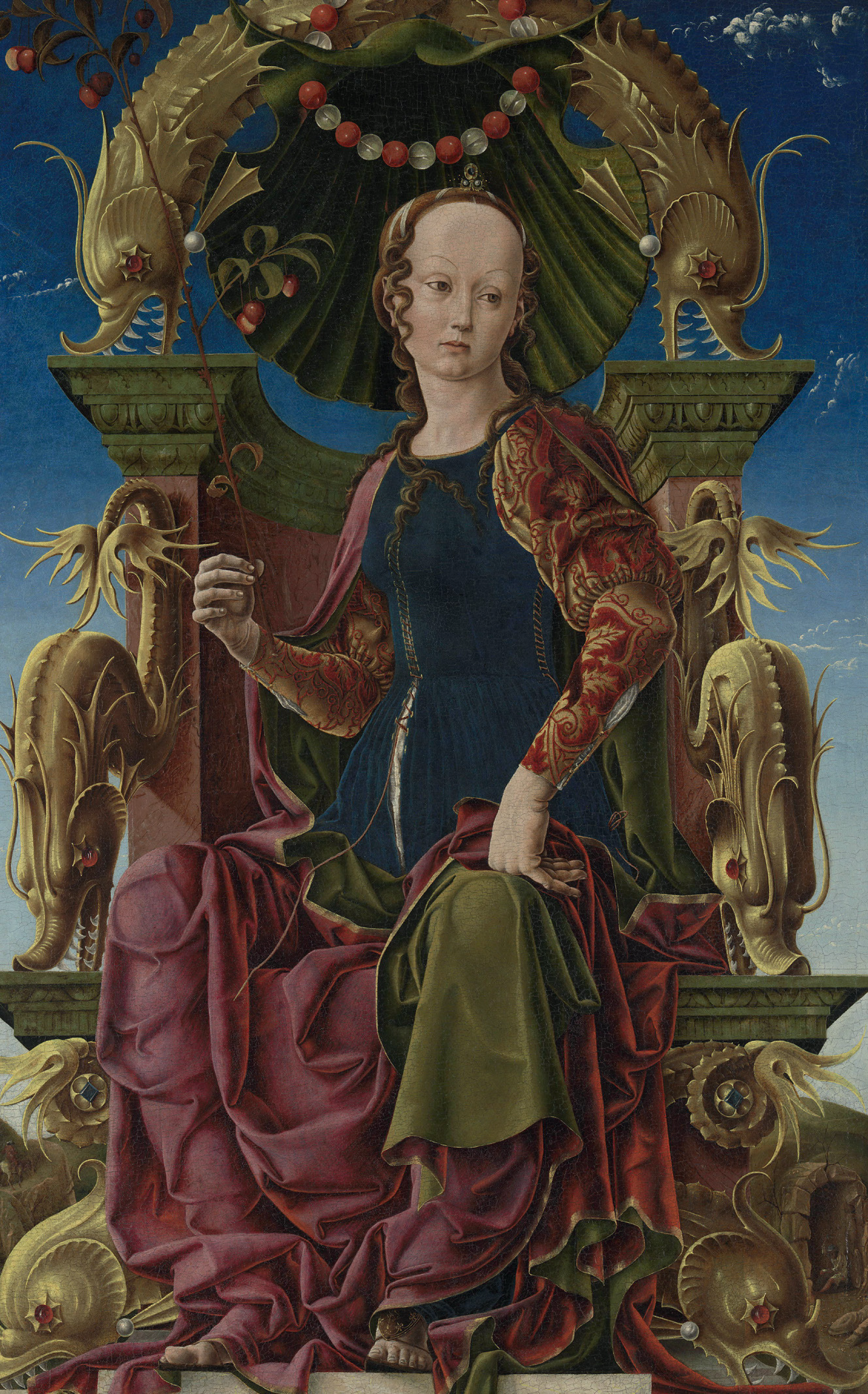

Ronnie Archer-Morgan on A Muse by Cosimo Tura
‘I love this Renaissance painting, partly because of the sheer precocious talent of the artist, Cosimo Tura, only 30 when he painted it for a duke of the d’Este family of Ferrara, Italy. The sumptuously dressed beauty (the detail minutely observed) sits sulkily and pensively on a theatrical throne decorated with six fantastical dolphins, ruby eyes and gleaming pearls adorning their pectoral fins.
‘The dolphins support a huge shell above her. She is in a landscape flooded with surreal light, giving the painting a surprising sense of spatial construction for its vintage. The shell, dolphins and pearls are attributes not of a muse, but of Aphrodite, whom I believe the subject of this amazing painting to be.’
Ronnie Archer-Morgan is an antiques expert and a regular on the BBC’s Antiques Roadshow. His debut book, a memoir titled Would It Surprise You To Know?, is published on June 23.
Charlotte Mullins comments on A Muse
Cosimo Tura was a true Renaissance man — he designed silverware, painted cartoons for tapestries and created celebratory banners and helmets for tournaments. He also completed decorative schemes for his patron Borso d’Este, Duke of Ferrara, and painted large altarpieces for the city’s churches.
This painting is believed to have adorned the Duke’s studiolo at Palazzo Belfiore, his hunting retreat. The room’s theme was the nine muses and this panel may represent Calliope, muse of poetry. Borso’s brother Leonello originally commissioned the series from Angelo del Macagnino, a pupil of the Netherlandish artist Rogier van der Weyden. When Leonello and Siena died, Tura completed the work.
Calliope must have once hung above eye level, for she looks down at us. She is seated on an ornate throne adorned with six fantastical fish-like serpents baring their teeth. In her right hand is a slender branch of fruiting cherries, echoed by the red and glass beads strung above her head and the glowing eyes of the serpents. Her face is stylised and wouldn’t look out of place in an International Gothic illuminated manuscript. Tura was influenced by the precision and detail of Northern Renaissance painting, possibly through del Macagnino.
By the time Tura painted A Muse, he was employed by the Duke as his official court painter. He worked in Ferrara for his whole career, becoming a leading exponent of the Ferrara School. Many of his works were ephemeral or subsequently destroyed.
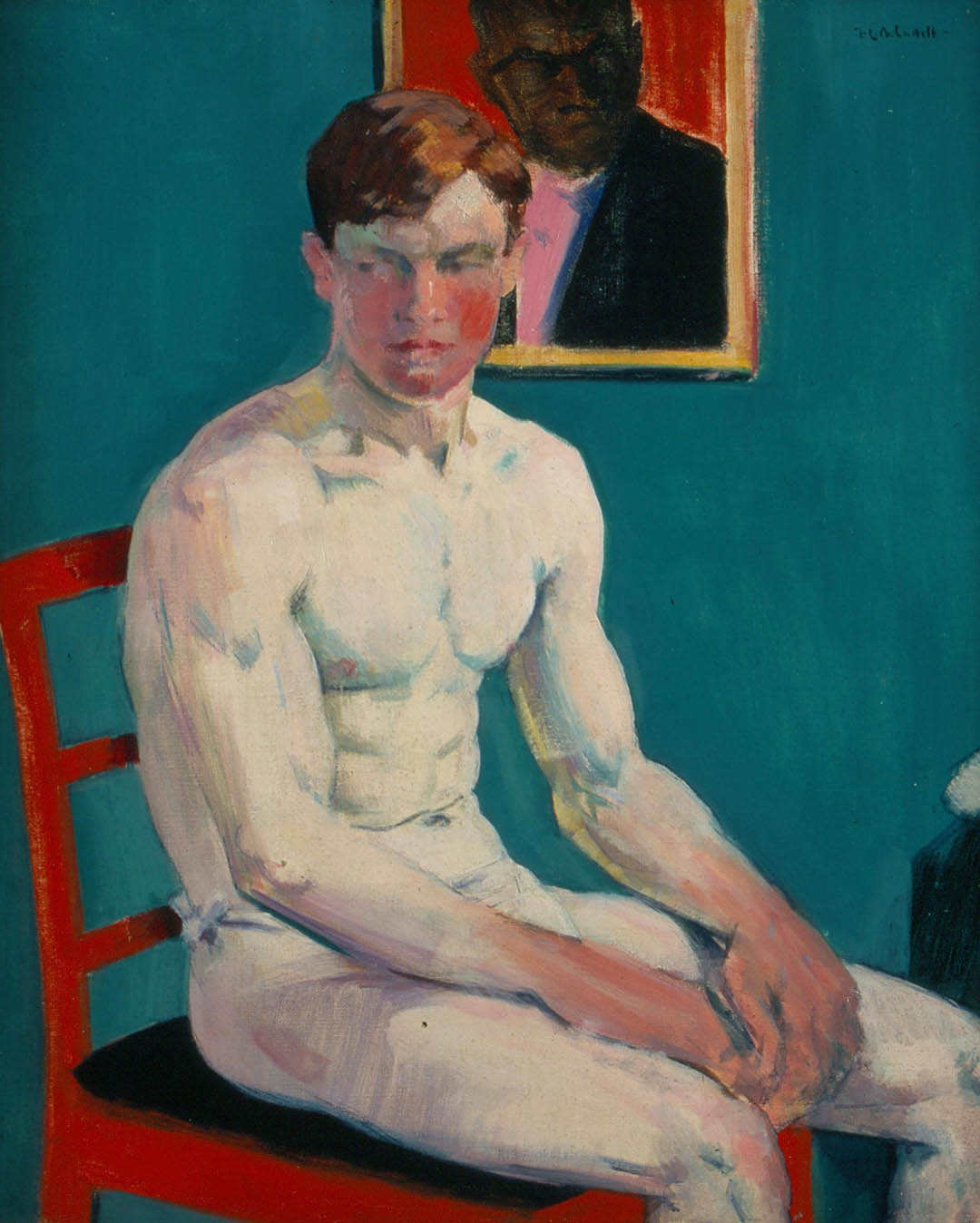
My Favourite Painting: Luke Edward Hall
Designer and writer Luke Edward Hall chooses an image painted by a charismatic dandy known as ‘Bunty’.
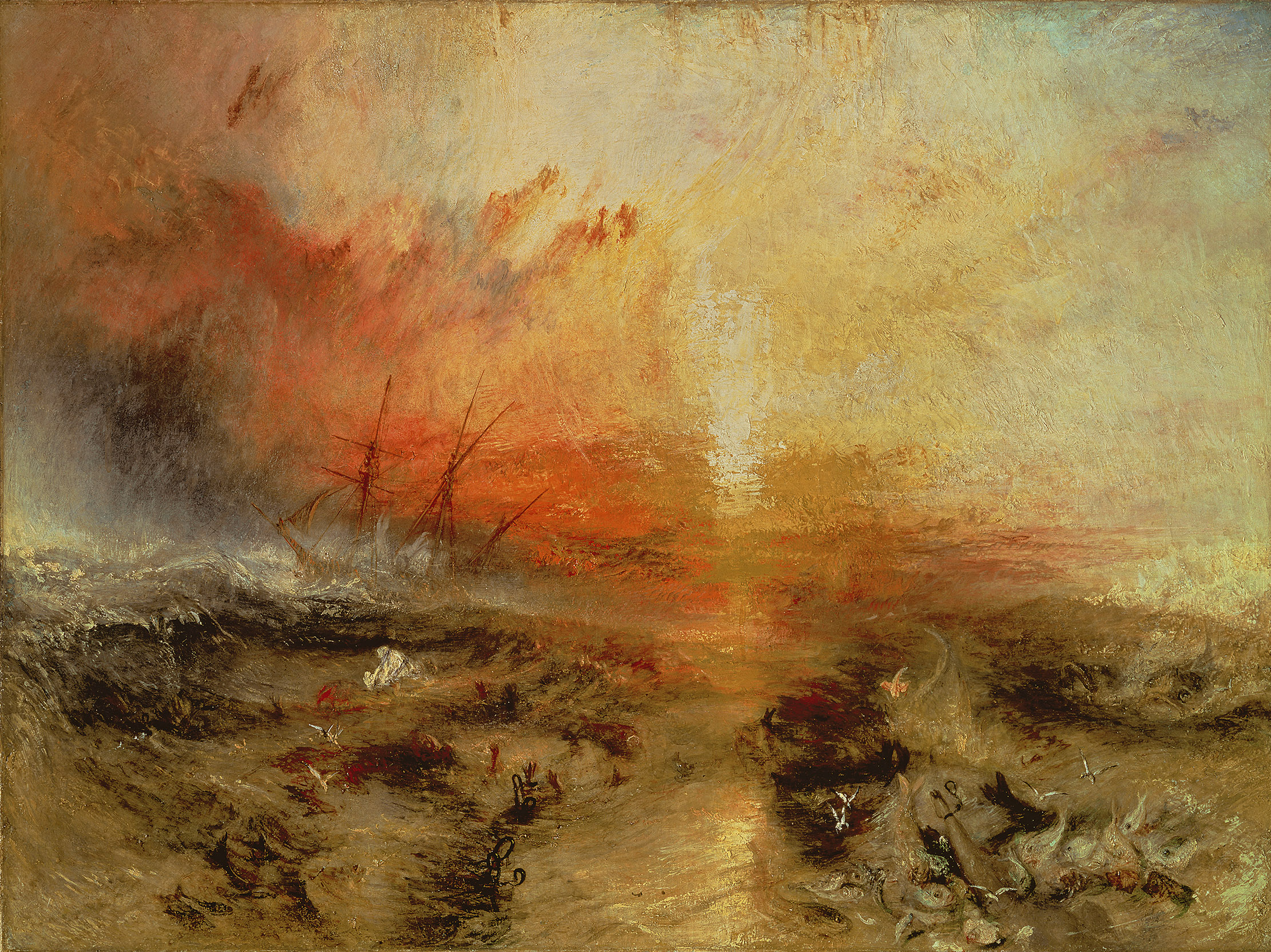
My favourite painting: Gilane Tawadros
Writer and curator Gilane Tawadros chooses the harrowing Slave Ship by J. M. W. Turner.
Sign up for the Country Life Newsletter
Exquisite houses, the beauty of Nature, and how to get the most from your life, straight to your inbox.
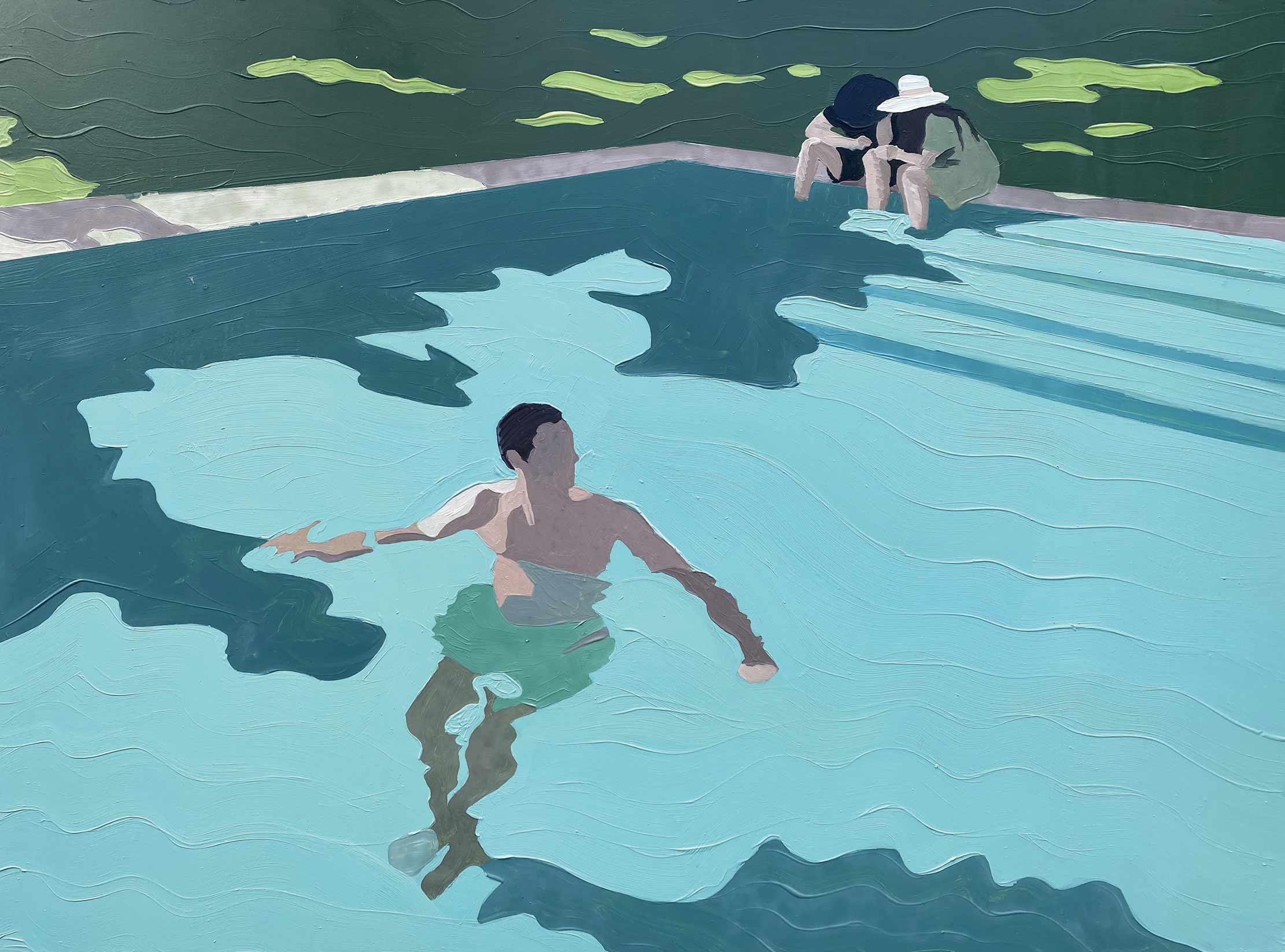
My Favourite Painting: Virginia Chadwyck-Healey
Stylist and writer Virginia Chadwyck-Healey chooses an image that she first came across during lockdown.
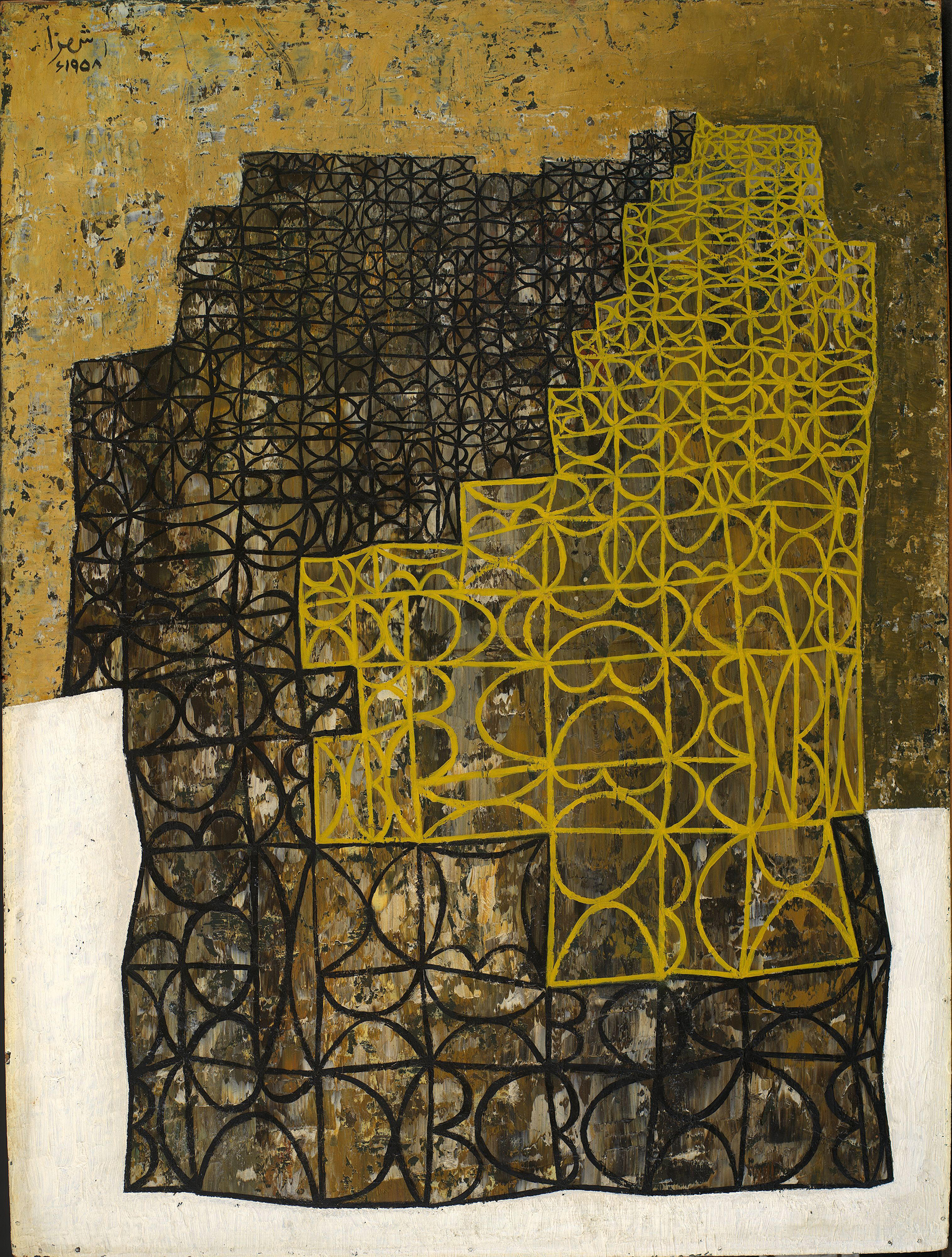
My favourite painting: Nigel Prince
Nigel Prince, director of Artes Mundi, on a mesmerising image by Anwar Jalal Shemza.
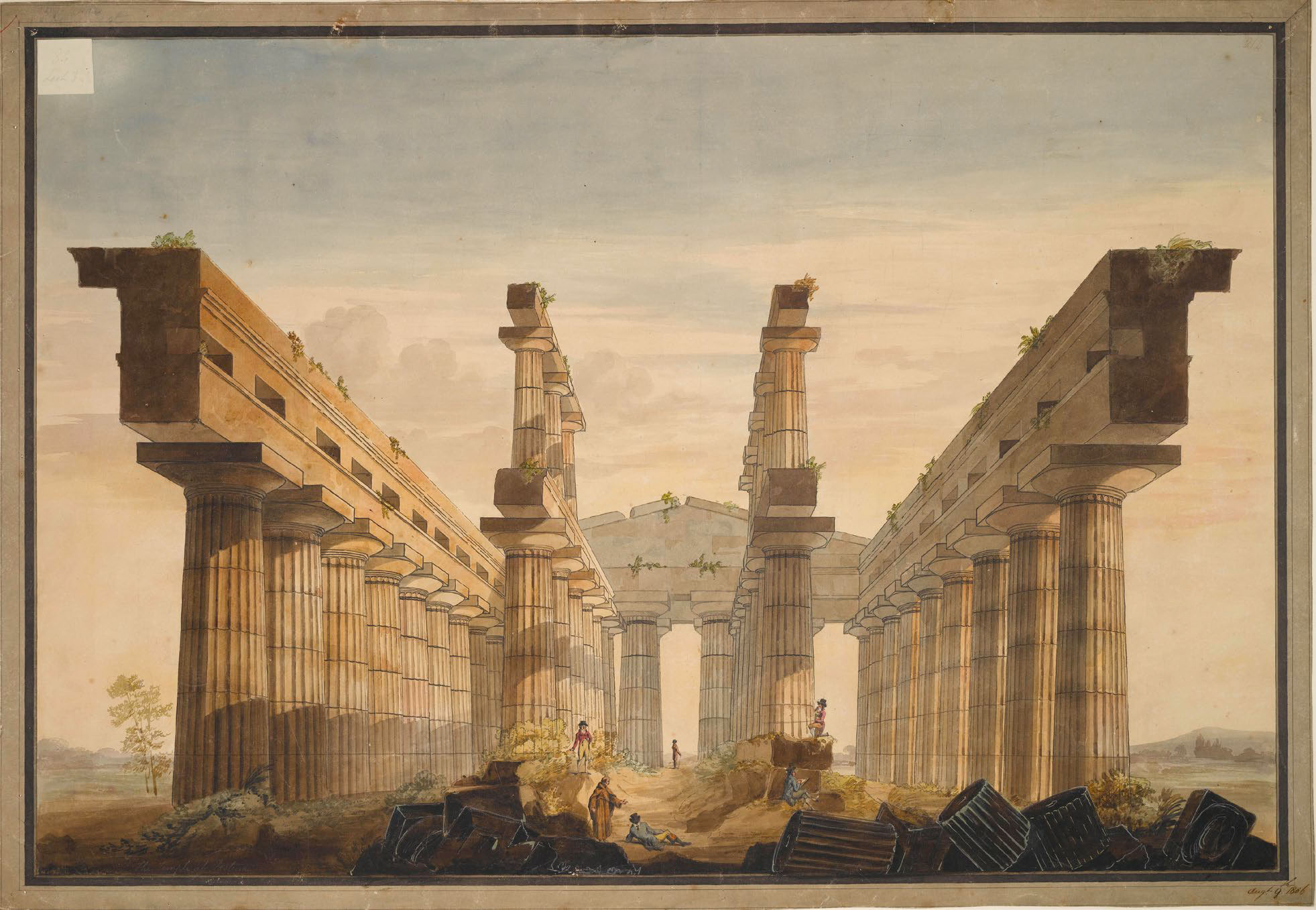
My favourite painting: Dr Frances Sands
Dr Frances Sands, curator of drawings and books at Sir John Soane’s Museum, chooses an extraordinary work from her own
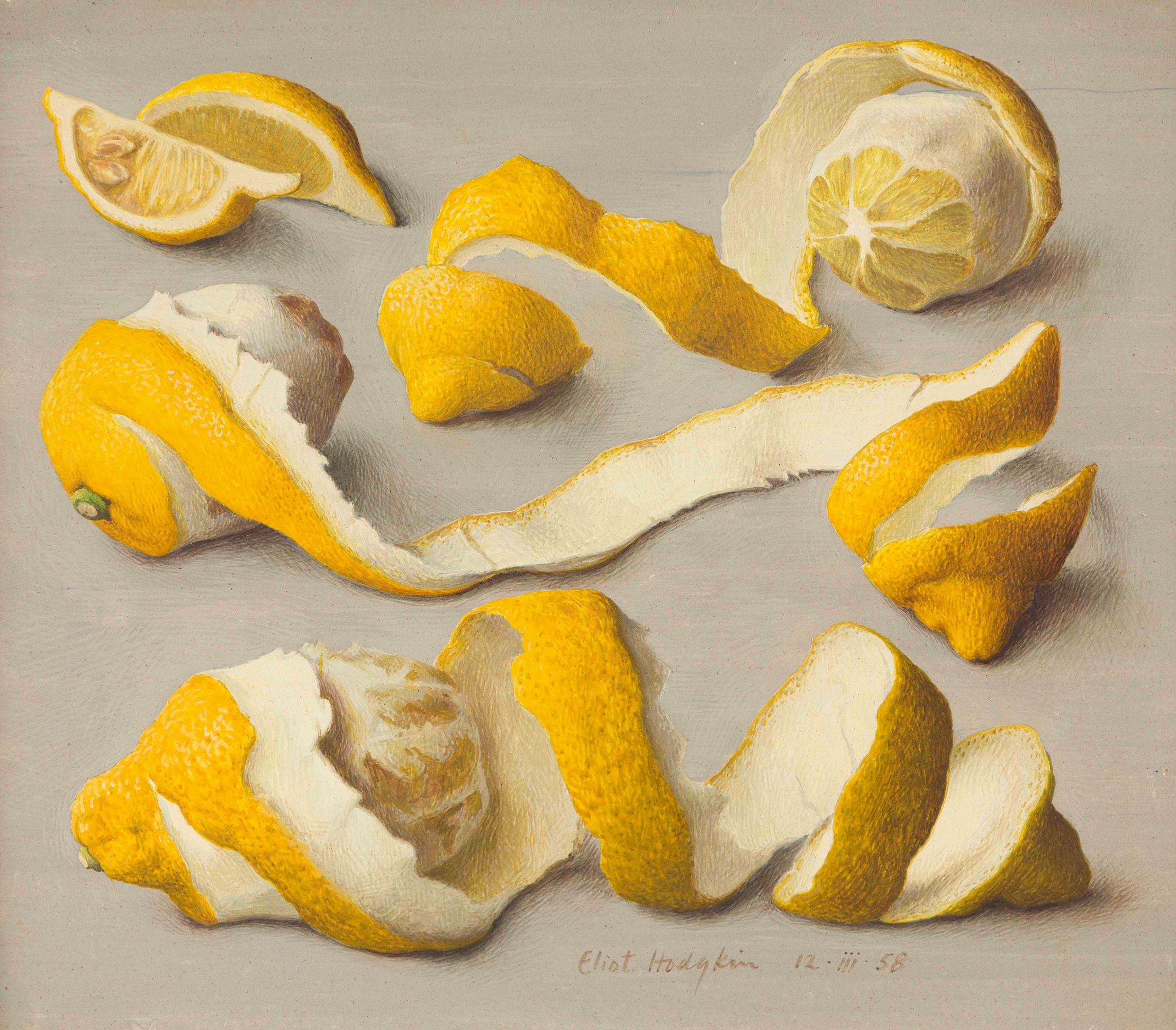
My Favourite Painting: Mark Hedges
Mark Hedges, editor of Country Life magazine since 2006, chooses his own favourite painting for one of his magazine's best-loved
Country Life is unlike any other magazine: the only glossy weekly on the newsstand and the only magazine that has been guest-edited by HRH The King not once, but twice. It is a celebration of modern rural life and all its diverse joys and pleasures — that was first published in Queen Victoria's Diamond Jubilee year. Our eclectic mixture of witty and informative content — from the most up-to-date property news and commentary and a coveted glimpse inside some of the UK's best houses and gardens, to gardening, the arts and interior design, written by experts in their field — still cannot be found in print or online, anywhere else.
-
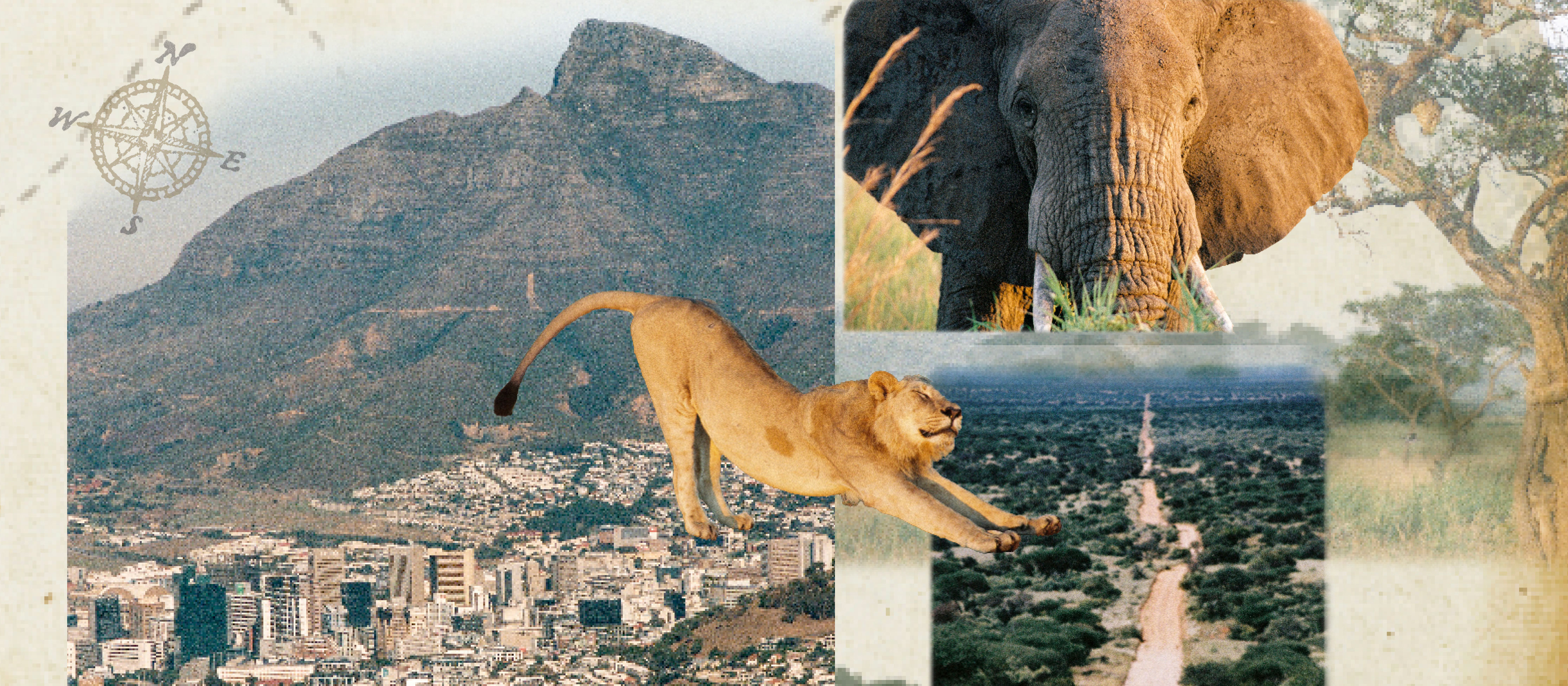 Vertigo at Victoria Falls, a sunset surrounded by lions and swimming in the Nile: A journey from Cape Town to Cairo
Vertigo at Victoria Falls, a sunset surrounded by lions and swimming in the Nile: A journey from Cape Town to CairoWhy do we travel and who inspires us to do so? Chris Wallace went in search of answers on his own epic journey the length of Africa.
By Christopher Wallace
-
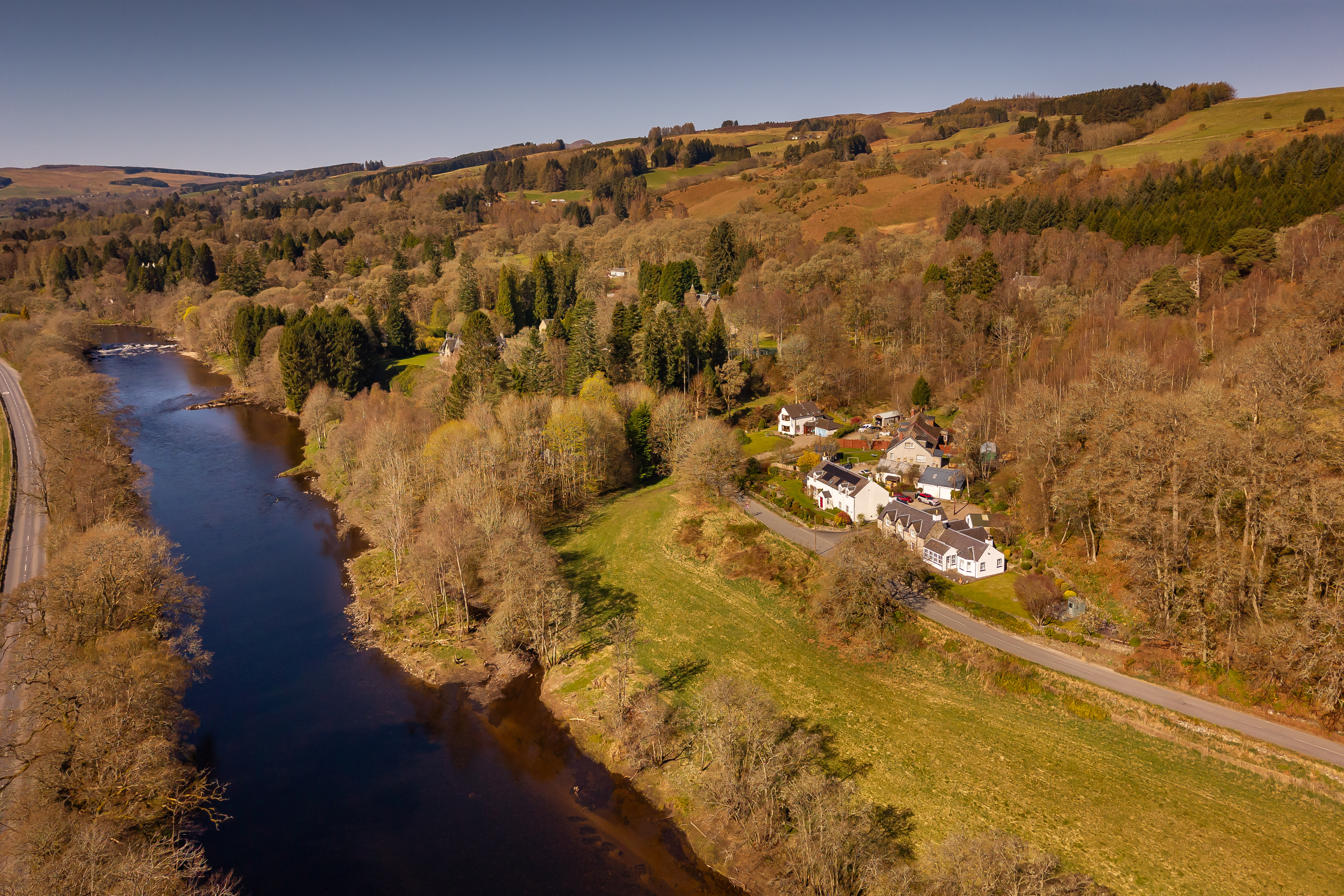 A gorgeous Scottish cottage with contemporary interiors on the bonny banks of the River Tay
A gorgeous Scottish cottage with contemporary interiors on the bonny banks of the River TayCarnliath on the edge of Strathtay is a delightful family home set in sensational scenery.
By James Fisher
-
 'As a child I wanted to snuggle up with the dogs and be part of it': Alexia Robinson chooses her favourite painting
'As a child I wanted to snuggle up with the dogs and be part of it': Alexia Robinson chooses her favourite paintingAlexia Robinson, founder of Love British Food, chooses an Edwin Landseer classic.
By Charlotte Mullins
-
 The Pre-Raphaelite painter who swapped 'willowy, nubile women' for stained glass — and created some of the best examples in Britain
The Pre-Raphaelite painter who swapped 'willowy, nubile women' for stained glass — and created some of the best examples in BritainThe painter Edward Burne-Jones turned from paint to glass for much of his career. James Hughes, director of the Victorian Society, chooses a glass masterpiece by Burne-Jones as his favourite 'painting'.
By Charlotte Mullins
-
 'I can’t look away. I’m captivated': The painter who takes years over each portrait, with the only guarantee being that it won't look like the subject
'I can’t look away. I’m captivated': The painter who takes years over each portrait, with the only guarantee being that it won't look like the subjectFor Country Life's My Favourite Painting slot, the writer Emily Howes chooses a work by a daring and challenging artist: Frank Auerbach.
By Toby Keel
-
 My Favourite Painting: Rob Houchen
My Favourite Painting: Rob HouchenThe actor Rob Houchen chooses a bold and challenging Egon Schiele work.
By Charlotte Mullins
-
 My Favourite Painting: Jeremy Clarkson
My Favourite Painting: Jeremy Clarkson'That's why this is my favourite painting. Because it invites you to imagine'
By Charlotte Mullins
-
 The chair of the National Gallery names his favourite from among the 2,300 masterpieces — and it will come as a bit of a shock
The chair of the National Gallery names his favourite from among the 2,300 masterpieces — and it will come as a bit of a shockAs the National Gallery turns 200, the chair of its board of trustees, John Booth, chooses his favourite painting.
By Toby Keel
-
 'A wonderful reminder of what the countryside could and should be': The 200-year-old watercolour of a world fast disappearing
'A wonderful reminder of what the countryside could and should be': The 200-year-old watercolour of a world fast disappearingChristopher Price of the Rare Breed Survival Trust on the bucolic beauty of The Magic Apple Tree by Samuel Palmer, which he nominates as his favourite painting.
By Charlotte Mullins
-
 My favourite painting: Andrew Graham-Dixon
My favourite painting: Andrew Graham-Dixon'Lesson Number One: it’s the pictures that baffle and tantalise you that stay in the mind forever .'
By Country Life